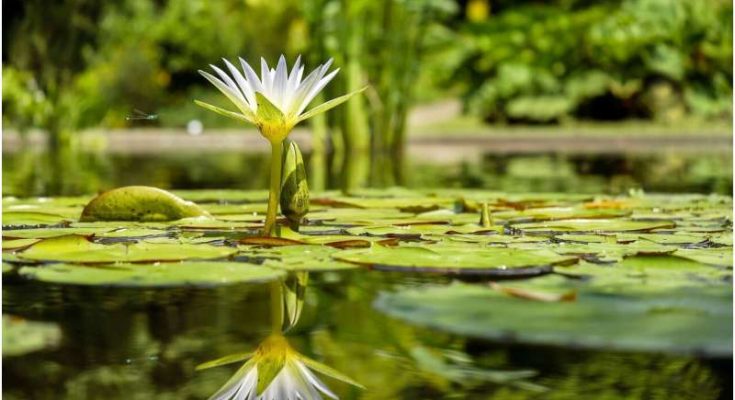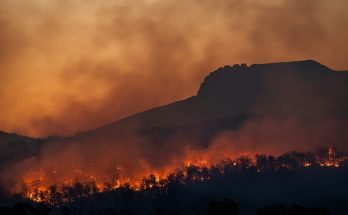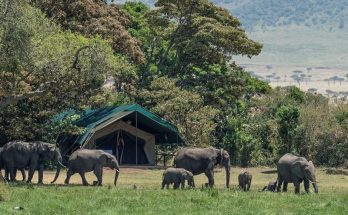A wide range of plant species is essential to our Earth because of the different materials and foods these plants provide. But plant diversity has decreased drastically in recent decades. Ph.D. candidate Kaixuan Pan explains what we can do to increase it once again.
Twenty-two percent of insect-pollinated plants became extinct between 1930 and 2017. This was mainly due to climate change and intensive agriculture. Plant extinction is a huge problem because plants provide humans with an array of foods and materials and have an important role in many ecosystems.
Pan’s research shows that if we do not intervene, plants will continue to go extinct in the coming years. But he is optimistic: “It’s definitely extremely alarming information but at least we know now and can take action.”
What can we do to increase plant diversity? “There are a number of options, ranging from the big to the small,” says Pan. “For example, the government should focus not only on protected areas but also on unprotected ones, where threatened plant species also grow. If we have a better idea of where these species live, we will be able to protect them in a much more efficient and targeted way.”
Another finding from Pan’s research is that plants benefit from a mix of habitats rather than one habitat alone. “A combination of woods, heathland and grass is better for plant diversity than just woods,” says Pan. Another misconception, he adds, is that nature reserves have the most plant diversity. “The green spaces in urban areas, like people’s gardens, actually contain a wealth of different plant species, particularly the ‘common’ plant species. So we should continue to encourage people to make their gardens as diverse as possible.”
Other efforts are being made to raise public awareness about plant diversity: the National Bee Count, for example, which is organized by Naturalis Biodiversity Center. Eighty percent of the most important plants need insects to reproduce. In the National Bee Count, people can count bees in their own gardens.
“It’s important to involve everyone because this problem will ultimately affect us all,” says Pan. “We therefore kill two birds with one stone: generating public awareness and collecting data on insects.” The data is saved and used to map out where different species are found. The more knowledge there is about different species, the better they are to protect.
Action taken to increase plant diversity can therefore range from the big to the small. Pan is glad that change is already afoot. The EU, for example, now requires businesses with more than 500 employees to be open about their impact on biodiversity. It is their duty to protect biodiversity. “This is a significant step. Hopefully everyone will do their bit for biodiversity and therefore for our future.”
#PlantSpecies; #NaturalisBiodiversityCenter; #PlantDiversity





